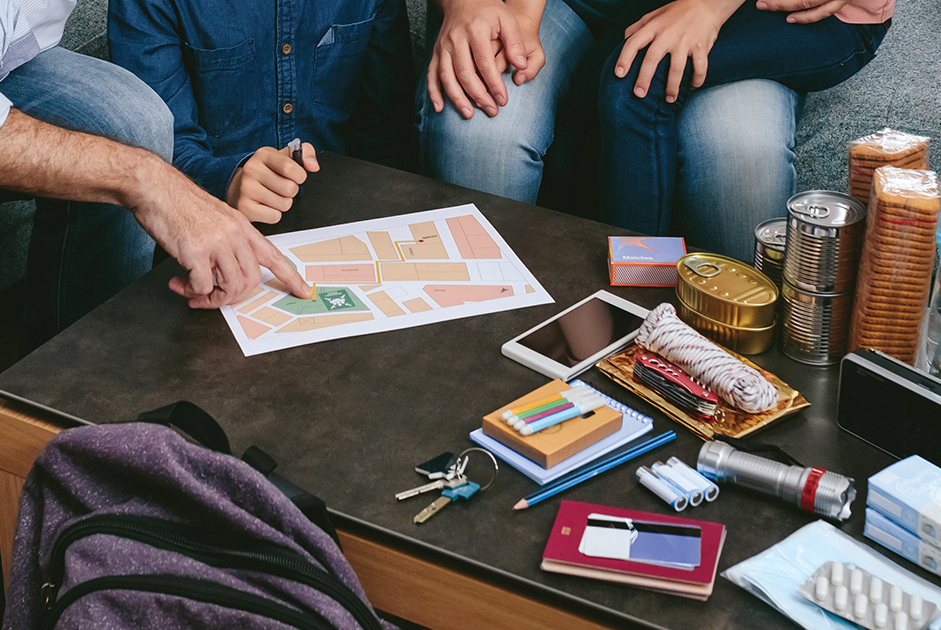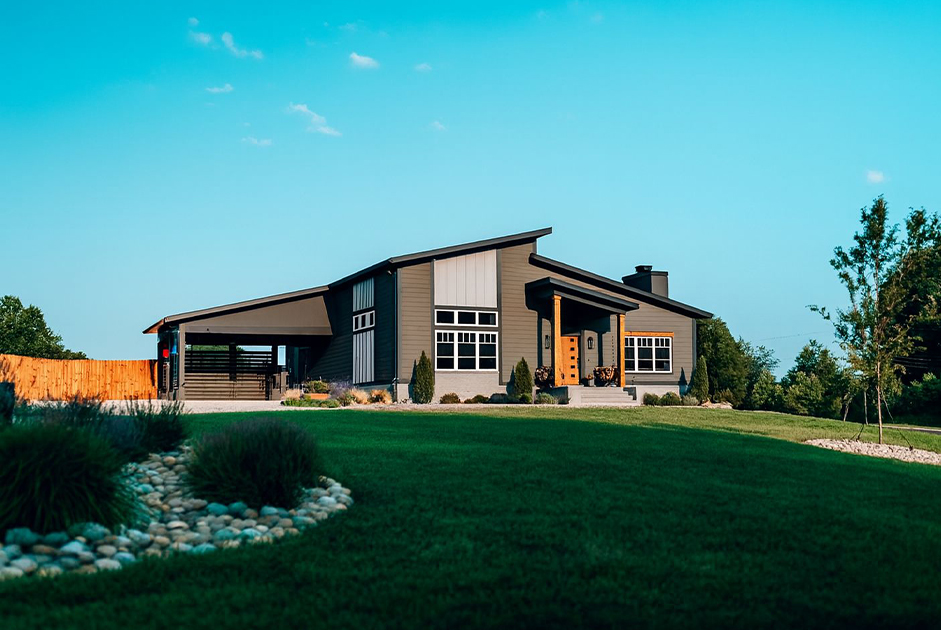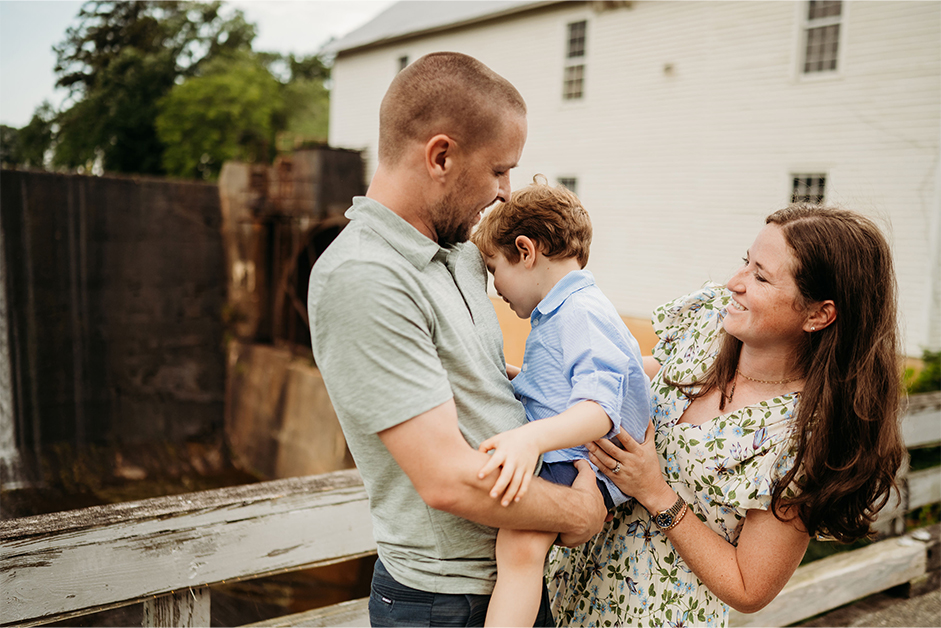Severe weather can come at any time in the year – whether it be an ice storm, tornado, heat wave, etc. Sometimes we have advanced notice, allowing us time to get ready, but there are also times it can catch us off guard. When you only have a moment’s notice to get ready, the key is to always be prepared for severe weather in multiple ways. When preparing for severe weather, there are several things to keep in mind, such as creating a communication plan, an emergency kit, and getting your home ready.
First, build an emergency kit that stays in a safe and accessible place in your house. In this kit, you should include:
- A three-day supply of non-perishable food and water. The American Red Cross suggests one gallon of water per person. This is to be used for drinking and hygiene. Don’t forget water bottles for drinking. Also, purchase a camping set for dishes or use paper plates.
- A battery-powered or hand crank radio. There are also solar options for radio available. A NOAA Weather Radio, such as a Midland, is best. A NOAA Weather Radio gives direct information from the National Weather Service, 24 hours a day, 7 days a week. These radios can be purchased online or through major retailers.
- Portable lighting and extra batteries. Multiple flashlights, camping lights, and headlamps are great when there is no power.
- A first aid kit, medications, and medical items. If possible, ready a cooler for medications that need to be refrigerated. In addition, add to your first aid kit, N-95 masks disinfectant wipes, hand sanitizer, personal hygiene items, bleach, and trash bags. Include baby wipes and diapers, if you have young children.
- Copies of all important documents, including maps of your area, proof of address, birth certificates, insurance policies, bank account records, family and friends contact information, medical records and information, etc. Store these documents in a waterproof and fireproof box for safe keeping.
- A multi-use tool
- Duct tape
- Extra cash
- A rechargeable phone charger
- Lightweight, waterproof, and fireproof blankets
- Extra clothing for all members of your family, including rain gear and shoes
- Pet supplies
- A whistle for notifying emergency officials closeby
- Everyday items you’ll gather at the last minute
For winter, add a shovel, ice scraper, and snowbrush to your kit. Update your emergency kit at the start of every season to be sure that your batteries are still working and everything is in date. Also, take a quick look at your kit right before a weather event rolls in.
Second, have a communication plan in place for your family and practice that plan until everyone knows it by heart. This plan is designed to inform all of your family members what to do and where to go during emergencies and in case you are separated.
- Decide on a safe meeting space. This room will vary depending on the weather event. For example, choose a basement or interior room on the lowest floor with no window for a tornado or a tree in your front yard if your house is on fire (this place should be outside of your home). Also, confirm a place to meet outside of your neighborhood in case you are separated while evacuating or cannot return home. Always remember to pair children with an adult in these situations. Don’t forget to gather your pets and keep them safe, as well.
- Part of your communication plan should additionally include a contact person, outside of your household. Make sure that all of your household members have the contact person’s phone number and home address.
- Tell your family where the emergency kit is kept and what is inside.
- Lastly, practice this routine at least twice a year. Go through how to get out of the house safely and how to get to your safe room inside your home. Also, drive your evacuation route and to your meeting spot outside of your neighborhood and prepare alternate routes in case your first route is impassable.
Finally, get your home itself ready for severe weather. Secure loose objects outdoors, close windows and doors, wrap your pipes, and keep trees and branches trimmed near your home.
Severe weather can be scary, stressful, and impactful. However, the more prepared you are for severe weather, the less stressful it can seem. Take the time to build your emergency kit and plan. It is well worth it and you’ll be glad you did, if you ever need it.



















